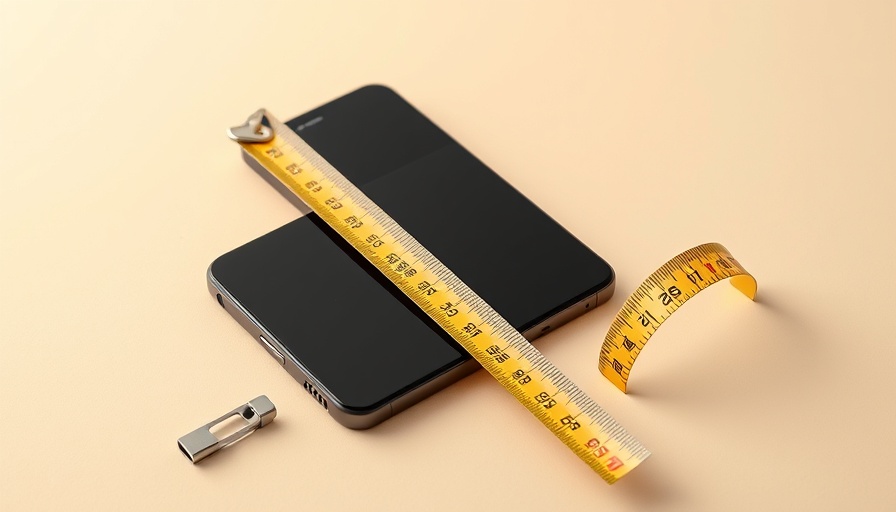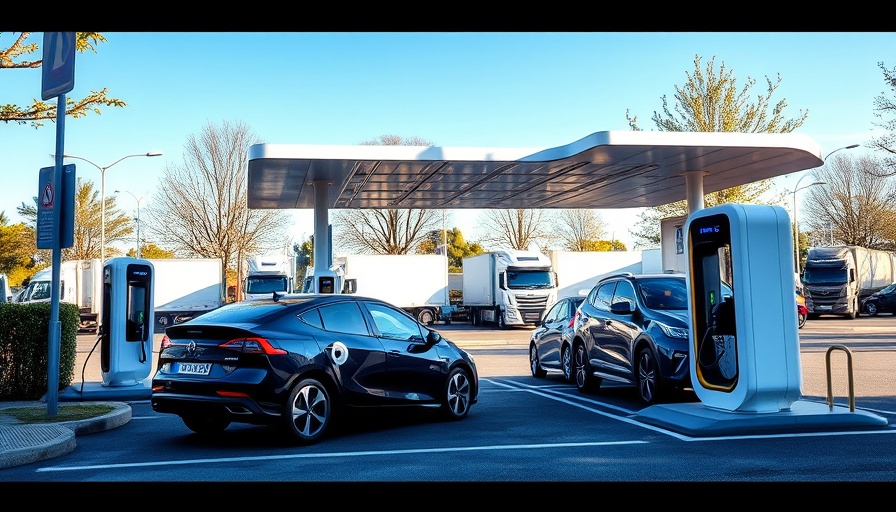
Chevy’s Recall: A Wake-Up Call for Car Owners
Every car owner's worst nightmare is to face a fire hazard because of their vehicle. Recently, the National Highway Traffic Safety Administration (NHTSA) reported that over 23,000 Chevrolet vehicles are at risk due to a potential fuel leak that could spark a fire. This recall affects multiple models of Corvettes from 2023 to 2026. If you’re a Chevrolet owner, it’s vital to understand how this could impact you and what steps you need to take to ensure your safety.
Understanding the Recall
What sparked this massive recall? The NHTSA's findings indicate that an improper fuel-filling system could lead to excess fuel spilling into the fuel-filler pocket during refueling. This poses a serious fire risk, especially in the presence of heat sources such as the engine or exhaust components. It’s a problem with the vehicle's design, not driver error, and it highlights how important it is for car manufacturers to ensure the absolute safety of their vehicles.
Which Vehicles Are Affected?
If you own a 2023, 2024, 2025, or 2026 Chevrolet Corvette, you need to be particularly attentive. Recognized for their performance and style, these models are now at the center of an important safety notice. General Motors (GM) will start sending letters to affected vehicle owners in early October 2025, detailing necessary actions and risks associated with their cars.
What Happens Next?
According to Chevy, the resolution involves a free installation of a shielding system designed to divert any leaking fuel, which will help mitigate the risk of fires. Until you can get your vehicle serviced, it's safest to minimize driving the affected models. Fire prevention should always be a priority, especially when it concerns a vehicle designed for performance.
Taking Action: What to Do If You’re Affected
For Chevy owners worried about the implications of this recall, don't hesitate to reach out to Chevrolet’s customer service line at 1-800-222-1020. It’s essential to stay informed and act quickly to address potential hazards before they become serious issues. Keep an eye on your mailbox, as the first round of letters from General Motors are imminent.
Why Vehicle Safety Matters
Car fires can be fatal and are one of the most dire scenarios a driver can encounter. Awareness about recalls like this is vital. Not only does it emphasize the need for manufacturers to act responsibly, but it also highlights consumer vigilance. Understanding the safety mechanisms in your vehicle can empower you to make informed decisions and take proactive steps toward your safety.
In a world where doing due diligence on your vehicle may save lives, understanding the implications of recalls and staying informed could make all the difference. Stay safe and proactive—check back with Chevy for updates on this recall and take any necessary actions promptly.



Write A Comment